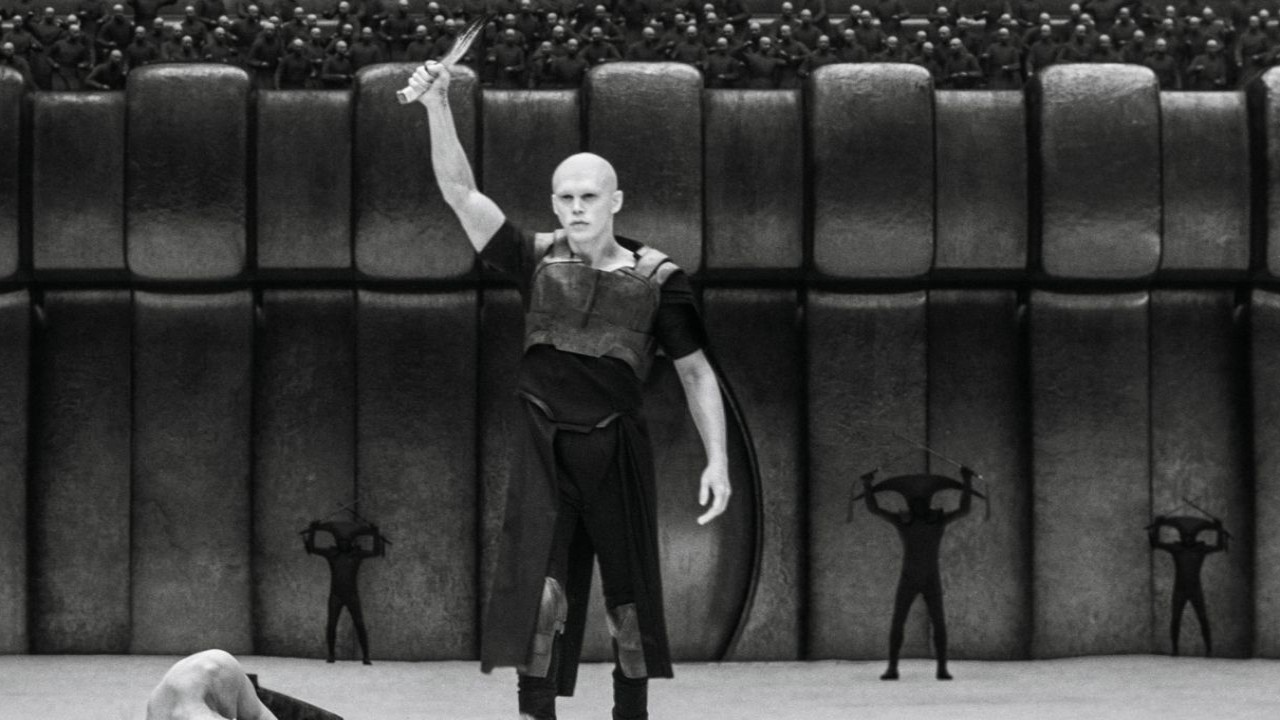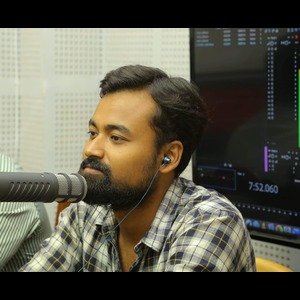Dune 2: What Was The Classic Horror Movie Inspiration Behind Harkonnen People? Find Out
Know how Villeneuve's Dune: Part Two triumphs with technical mastery and horror influences. Learn the inspiration behind the craftsmanship of the Harkonnen People.

-
Villeneuve's adaptation of Dune breaks box office records
-
The subtle horror influence in Harkonnen scenes adds depth
Denis Villeneuve’s Dune: Part Two has shattered any lingering doubts about Frank Herbert’s unfilmable Dune. It has crossed significant box office milestones, setting the stage for Dune 3. What was once thought of as Villeneuve’s too complex an adaptation for mass audiences has resolved into a spectacular film that is universally appealing?
Technical achievements and cinematic marvels

In Dune, Villeneuve and his team consisting of cinematographer Greig Fraser and production designer Patrice Vermette have achieved some amazing technical accomplishments.
They created cinema environments that can be described as real yet other-worldly. With new hologram techniques by the VFX team, infrared filming in whole stretches of frames pushes film technology boundaries.
Especially notable are the infrared scenes in Dune: Part Two. These offer a look at the outside of Geidi Prime, House Harkonnen’s home planet. This time, instead of showing only interiors like in the first movie, Part Two shows Austin Butler's Feyd-Rautha with a black-and-white outdoor sequence.
Demonstrating his deadly skills before many onlookers, this scene pits him against multiple fighters. The planet under the black sun presented via infrared creates an eerie atmosphere.
Horror-infused Harkonnen arena

If one looks closely at the crowd during the arena scene, one can easily spot subtle horror motifs. Sets were designed with inspiration from diverse sources such as Rolex watches and septic tanks by production designer Patrice Vermette. On her part, costume designer Jacqueline West had to dress thousands of Harkonnens who were bystanders at this place.
In The Art and Soul of Dune: Part Two, Tanya Lapointe and Stefanie Broos discuss how important it is that we see daylight on Geidi Prime for the first time in an arena set piece.
In Villeneuve’s vision, this is a world where sunlight kills color, but the West needed more information about what kind of civilians the Harkonnen were. Moreover, he wanted to think of them as a homogenous group of men and women with similar body types, all wearing the same style of clothing. However, he added: “Like a crowd of Nosferatu.”
This association with the iconic horror character Nosferatu in 1922 gave the Harkonnens their dark atmosphere. This choice aligns with Villeneuve’s portrayal of Feyd-Rautha as bald because it corresponds to the Harkonnen's very being wiped clean and getting rid of any vestiges from their past. Thematically, this gives an air of menace to these characters who serve as adversaries.
Sinister Nosferatu

The influence that Villeneuve drew from Nosferatu can be seen in his creepy depiction of the Harkonnens. The pale hairless figures including Lady Margot Fenring possess a strange resemblance to some extent with this icon for terror films.
It was not immediately clear, but it adds another layer to the scary ambiance already existing within it. The use of infrared cinematography along with its ominous score therefore creates a very powerful sense of foreboding.
With references to Nosferatu and the creative incorporation of infrared technology, Dune: Part Two has become a technical success and work of art. Thus, Villeneuve has been able to bring Herbert’s world alive faithfully yet innovatively hence setting up for the next chapter in an epic saga.
ALSO READ: Dune 2: Writers Reveal The Biggest Twist From The Books In Both The Movies; READ





 JOIN OUR WHATSAPP CHANNEL
JOIN OUR WHATSAPP CHANNEL


































































































